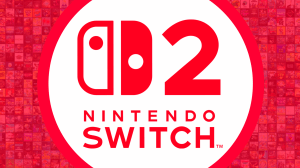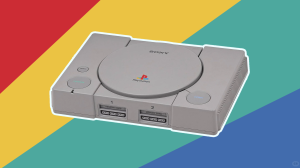No one likes paying out the ear for the things they enjoy, and video game fans are no exception. It was disappointing for everyone to hear that Nintendo would be pricing some of its new titles like Mario Kart World at a whopping $80, but since then, it seems like the price hike hasn’t caught on. Big studios like Electronic Arts (EA) and Xbox have both made changes to their pricing since initial announcements, lowering a few prices from the original $80 to the industry-typical $70 instead. Hopefully, this marks a general industry consensus to keep prices where they are—or lower.
Videos by ComicBook.com
EA and Xbox Walk Back Initial Commitment to $80 Price Tag

Soon after a Nintendo Direct announced that new Nintendo Switch 2 games would be selling for $80, the general gaming community groaned in dread that other large studios would take this as permission to price their own high-ticket games accordingly. Unfortunately, this seemed to be the new trend in gaming, and games like The Outer Worlds 2 and Borderlands 4 were announced to be following suit. Many studio executives seemed to see the price hike as a way to combat increasing production costs of AAA titles, but in mid-June of 2025, something changed.
All of a sudden, Xbox was committed to selling their games for $70, walking the initial The Outer Worlds 2 price back down to what was initially expected for the game and locking in that price for their holiday releases like Call of Duty: Black Ops 7 as well. This seemed to prompt EA, a company that’s famous for nickel-and-dime-ing its players, to announce that it wouldn’t be selling $80 games either.
Despite Randy Pitchford’s proclamation that “real fans” should be willing to pay $80 for Borderlands 4, Take-Two announced that they, too, would be lowering the price of their mainline titles to $70 as well. Suddenly, all of these studios that could have, and were predicted to, follow Nintendo’s lead in raising prices across the board backed down, leaving Nintendo the sole bastion and defender of the $80 price tag.
Increasing the Price of Games Isn’t the Answer to High Production Costs

Since the early 2000s, the cost of making games has only gotten higher while the sales of games have stayed more or less consistent. The original Call of Duty: Modern Warfare 2 came out in 2009 and cost an estimated $200 million to make, which is around $360 million adjusted for inflation. In comparison, the 2019 remake of Call of Duty: Modern Warfare cost around $640 million to make, which translates to roughly $780 million adjusted.
This is a significant jump in cost after only ten years—production costs increased by almost $300 million dollars and Activision, which published both games, surely isn’t the only one that has seen an increase in costs as time has gone on. It makes sense that studios would want to find a way to recoup these costs so they can still make a profit; however, foisting that cost increase on consumers who are already finding prices for everything rising all around them isn’t the best course of action.
Early in 2025, the gaming community saw some of the results of studios trying to save money with the large-scale layoffs that impacted the gaming industry severely. Thousands of game makers are now out of work, but this can’t be the best solution for an industry that relies so heavily on the passion of its game makers to thrive. Games are difficult to make, innovative and explorative ones even more so, but there must be a better way to make them financially feasible.
Grand Theft Auto VI Could Make or Break the $80 Price Tag

Grand Theft Auto 6‘s price still hasn’t been revealed, but its pricing could set the new standard for games. Many were theorizing that it would retail for $100, but even if it releases at $80, studios might take this as permission to do the same. GTA 6 is one of the most anticipated games of the last decade, and is one of the few that might be able to get away with such an inflated price tag, but such a stand-out game shouldn’t set a trend. Not every game is GTA 6, and very few games can get away with what it might.
Any game selling for $80 and succeeding in its sales goals is another step towards normalizing the price tag for studios and players alike. If higher-ups and business types in studios see that players are willing to pay $80 for games, it will be pushed harder and harder. It’s likely only through pushback and consistency from the larger gaming community that studios will be pressured to find other ways to keep rising costs down. Whether this is through less ambitious projects, lower graphical goals, or an overhaul of production cycles remains to be seen, but at least for now, the gaming community is safe from the dreaded $80 headline game.









